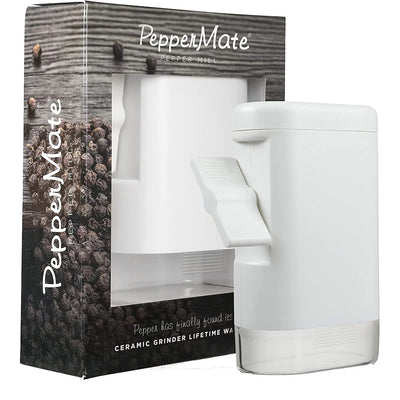In the Know About Adobo

If you ask foodies around the world why they love Adobo, you will receive many answers. Adobo is mouthwateringly spicy, sweet, salty, tangy, and–wait. How can one dish be so many things? Think of Adobo as the game of Telephone. As a sentence makes its way from person to person, a new layer of uniqueness unfolds. The same can be said with Adobo. But where did Adobo start? Who was that first person in the “telephone” line? We’re glad you asked.
Marinate in the History of Adobo
In 1613, Spaniard Pedro de San Buenaventura noticed Filipino dishes steeped in a thick sauce and coined it Adobo, a derivative of the Spanish word adobar, which means “to marinate.” Does that make adobo Filipino or Spanish? Asking that is like deciding if the chicken or the egg came first. Instead of asking what country discovered Adobo, it is better to ask what Adobo means to each country.
- Filipino Adobo
With its vinegar base, Filipino Adobo preserves proteins in a tropical climate while the combination of soy sauce, garlic, bay leaves, and black peppercorns creates a sweet, salty, and tangy flavor.
- Spanish Adobo
Spanish Adobo also uses a vinegar base, but is flavored with pimentón, oregano, salt, garlic, and black pepper for a spicier taste.
- Mexican Adobo
Ruled by Spain for 300 years, Mexico’s adaptation of Adobo combines Old World cooking techniques and New World ingredients, such as adding chile peppers native to the area, for a thick, red, spicy Adobo.
Ready to enjoy hundreds of years of culinary history in the making? Then you will love our RawSpiceBar Adobo Blend. A hand-blended mixture of sweet paprika, black pepper, Mexican oregano, chipotle chiles, cumin, onion powder and garlic powder, our Mexican-inspired Adobo Blend unlocks a world of flavor for your next meal.
How will you put your Adobo Blend to use? Share your meals with us on Instagram, and follow along for tasty tips and tricks.









Leave a comment